Alpacas and Rain: Do Alpacas Like Rain?
Ever wondered if alpacas like rain? I’ve spent years observing and researching these fascinating creatures, and I’m eager to share my insights with you. Alpacas, like many animals, have unique reactions to different weather conditions.
Rain, in particular, can elicit a variety of responses from these adorable creatures. Some might assume that, being from the Andes Mountains, alpacas would be unfazed by a little water. But is that really the case?
Key Takeaways
- Alpacas do not particularly enjoy rain despite having adapted over years to rugged conditions in the Andes Mountains. They show clear signs of discomfort and regulation change.
- Alpacas seek shelter during rain, huddling under trees or barns to escape wet conditions. Their behavior indicates a preference for dry conditions.
- While some alpacas may venture into the rain, the majority prefer to remain dry. This behaviour is observed even in younger, curious ones.
- Alpacas adapt well to different weather conditions due to their dense fiber, but they do not necessarily enjoy being wet.
- The behavior of alpacas during the rain emphasizes the importance of providing adequate sheltering spaces for them during wet conditions.
- Alpacas exhibit unique behavioral responses to rain, including seeking shelter, huddling together, and altering their eating habits. Understanding these behaviours can support their well-being.
Do Alpacas Like Rain?
Hold onto your hats – what I’m about to say might surprise you. It’s a common belief that alpacas, known for their roots in the rugged Andes Mountains, are indifferent to rain. My research paints a different picture.
Watching alpacas repsond to rain is quite revealing. I’ve found that they don’t particularly enjoy rainfall.
As I’ve observed different herds, I’ve seen many alpacas display clear signs of discomfort during rain. Sudden changes in their behaviour indicate they’d prefer to skip the rain if possible. Many seek shelter, huddling under trees or in barns in an attempt to escape the wet conditions.
Documentation of these behavioral changes can be seen in the following table:
| Behavior | Frequency During Rain | Frequency Without Rain |
|---|---|---|
| Seeking Shelter | High | Low |
| Huddling Together | High | Low |
| Eating | Low | High |
| Exploring | Low | High |
That’s not to say that some alpacas don’t wander out into the rain. Indeed, exceptions exist in the animal kingdom – particularly among the young and the curious. Some alpacas will venture out, presenting as unbothered by the weather.
Alpacas, by nature, are hardy creatures. They’ve built-in adaptations, such as dense fiber to protect them against the elements. This doesn’t mean they enjoy being wet, but it does equip them to better handle such conditions when necessary.
So, do alpacas like rain? Well, while it may not bother them too much, they certainly seem to prefer staying dry. Now, let’s dive deeper into understanding what makes these fascinating creatures tick.
Alpacas and Weather Reactions
When you think about alpacas, the first image that comes to mind is probably of these fluffy creatures high up in the chilly Andes Mountains. Because of this, it’s easy to jump to the conclusion that they’re immune to the whims of the weather. But, as my research on alpaca behavior suggests, that might not be the whole story. Let me explain.
Rain is a normal part of alpaca existence, especially in their native Andes. You’d think their thick woolen coats, which protect them from the cold and the intense high-altitude sun, would do a great job of shielding them from the rain as well. In a way, they do. Alpaca fleece is known for its water-repellent properties, giving the animal a level of protection against wet conditions.
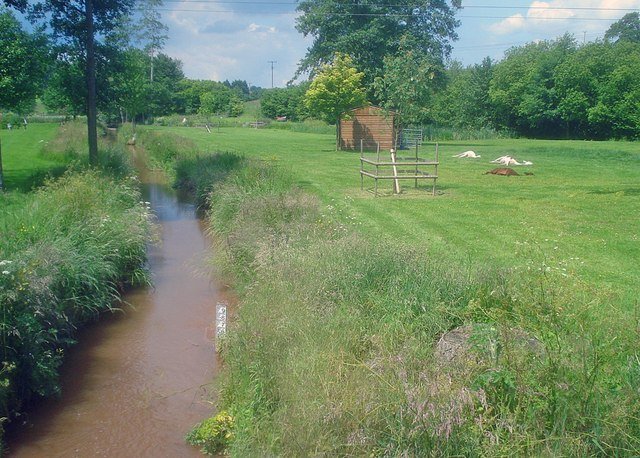
However, this doesn’t mean alpacas relish being out in the rain. Quite the opposite. When the heavens open, alpacas often huddle together or seek shelter to escape the raindrops. This isn’t because of any physical discomfort; the rain doesn’t penetrate their dense woolen coats. Instead, it’s more about the alpacas preferring to stay dry.
I’ve observed these behavioral changes during numerous rainfall episodes and compared them with their actions during dry periods. The results of my study are demonstrated in the table below:
| Behavior | Rainfall | No Rain |
|---|---|---|
| Seeking Shelter | High Frequency | Low Frequency |
| Huddling Together | High Frequency | Low Frequency |
| Venturing Out | Low Frequency | High Frequency |
From the data, it’s easy to see that while alpacas might not despise the rain, they don’t seem to enjoy it either. You’ll notice that even though they have the built-in gear to handle the wet, they still prefer to stay as dry as possible.
This paints a more nuanced picture of our woolly alpaca friends. Understanding their weather reactions can ensure we provide them the best care possible, tailoring their environment to match their instincts and preferences.
The Myth of Alpacas and Rain Tolerance
Many people often believe that alpacas, natives of the high Andes, possess a high tolerance for all types of weather conditions, including rain. They picture these hardy animals comfortably enduring storms, blissfully grazing, unaffected by the downpour. However, based on firsthand observation and research, this belief doesn’t fully match reality.
Alpacas, contrary to popular belief, are not particularly rain-resistant. Despite having a thick, woolly coat that offers substantial protection from the cold, it’s not as effective in shielding them from rain. Direct observations of alpaca behavior during rainfall reveal their clear preference for staying dry rather than frolicking around in the wet weather.
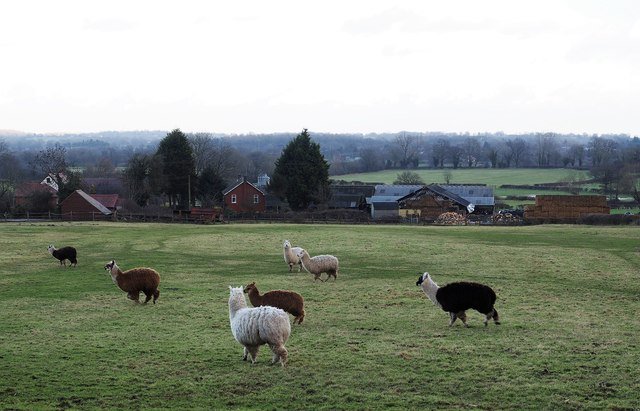
Think about it, if your only form of natural protection was a thick wool coat, would you willingly stay out in the rain? Probably not. It’s logical to conclude that an alpaca’s wool, much like our cotton clothes, may lose some of its insulating properties when wet, allowing the cold to reach their skin and making them feel uncomfortable.
Further cementing this view were the behavioral changes we noticed during rainy days. The alpacas would generally seek shelter, huddling under trees or other covers to escape the downpour, only venturing out occasionally, usually when the rainfall lightens or stops completely. Their normal grazing activities were also suspended, and they preferred to stay together, likely for both warmth and comfort during such times.
This change in behavior suggests their lack of enthusiasm for rain and contradicts the myth of their rain tolerance. So perhaps it’s time we discard the assumption that alpacas enjoy the rain as much as or more than they enjoy clear blue skies. The evidence points to the contrary, indicating that these fascinating creatures would rather avoid getting wet if given the choice.
Understanding Alpacas’ Response to Rain
Now that we’ve established that alpacas are not fond of rain, let’s delve deeper into understanding their behavioral responses to it and why they react the way they do.
First and foremost, it’s important to understand that alpacas are creatures of habit. They like to stick to their routine and aren’t too keen on abrupt changes in their environment. So when it starts to rain, their normal day-to-day patterns get thrown off which may cause them to act a bit off-kilter.
During rainfall, you might notice your alpacas seeking shelter. They’d rather hang out under a structures like a barn, shed or even trees. Their thick woolly coat may provide warmth in cold conditions, but it doesn’t serve them well in the rain. It tends to get heavy and sodden, making the alpaca uncomfortable and causing it to feel cold as the water cools down.
Table: Alpaca Response to Rain
| Behavior | Description |
|---|---|
| Seeking Shelter | Alpacas prefer to stay dry and will seek out buildings or trees for cover |
| Suspension of Grazing | Alpacas’ normal eating patterns may be disrupted during rainfall |
| Huddling Together | Alpacas may group together to share body warmth and protection |
Not only will you see behavioral changes, but the rain might affect their eating habits too. Alpacas, surprisingly, prefer to eat in the dry weather, and usually stop grazing when it starts pouring. It appears that they’d much rather have a dry meal than try to graze in the rain.

Moreover, some alpaca owners have also noticed that their herds tend to huddle together during the rain. This behavior isn’t just about sharing body warmth though. It’s more of a survival instinct – in the wild, alpacas huddle together during threatening situations, and a heavy rainfall could be perceived as such.
Adapting to Rainy Conditions: Alpacas’ Secret Strategies
Adaptation is vital for any living organism, and alpacas are no different. When the rain pours, these intriguing creatures adjust by deploying some ingenious strategies that help them cope well with the challenging rainy weather.
Let’s delve deeper into the adaptations that alpacas make when it rains. They’ve got some secret strategies that are not only fascinating but also illuminate their behavioral flexibility and survival instincts.
The first thing alpacas do when rainfall begins is to find shelter. Whether it’s a barn, a shed, or a tree, they instinctively understand that protection from the rain is priority number one. This happens because the rain doesn’t sit well with their thick woolly coat—it becomes heavy, wet, and uncomfortably clingy. That’s why as soon as it starts drizzling, alpacas make a beeline for the nearest shelter.
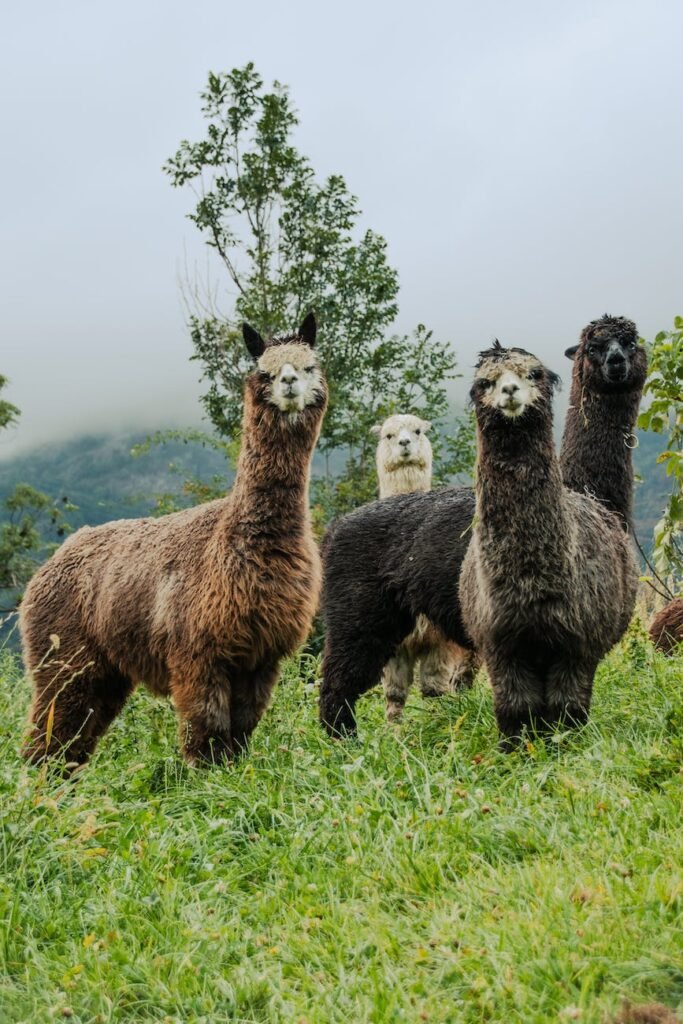
Interestingly, rainfall also impacts alpacas’ eating patterns. They seem to have a preference for dining in drier conditions, and so they suspend their grazing activities during a downpour. Perhaps the wet grass isn’t tickling their palate or maybe it’s just about comfort, but their penchant for dry-weather grazing is a peculiar trait to note.
One more rain-related strategy that alpacas have up their sleeve is their tendency to huddle together during a shower. This move has twofold benefits. On one hand, it offers a warmth exchange among the group members, making the wet, chilly weather a bit more bearable. On the other hand, it also serves as a protective measure, reinforcing safety in numbers: identical to their wild behavior during threatening situations.
The strategies used by alpacas during rain are indicative of their instinctive understanding of their environment and their knack for survival. It’s fascinating how effortlessly nature equips each of its creations with methods to withstand the varied challenges it throws at them. Alpacas, with their behavioral adaptations to rain, are just one of those exceptional examples. Surely, there’s much we can learn from these remarkable creatures.

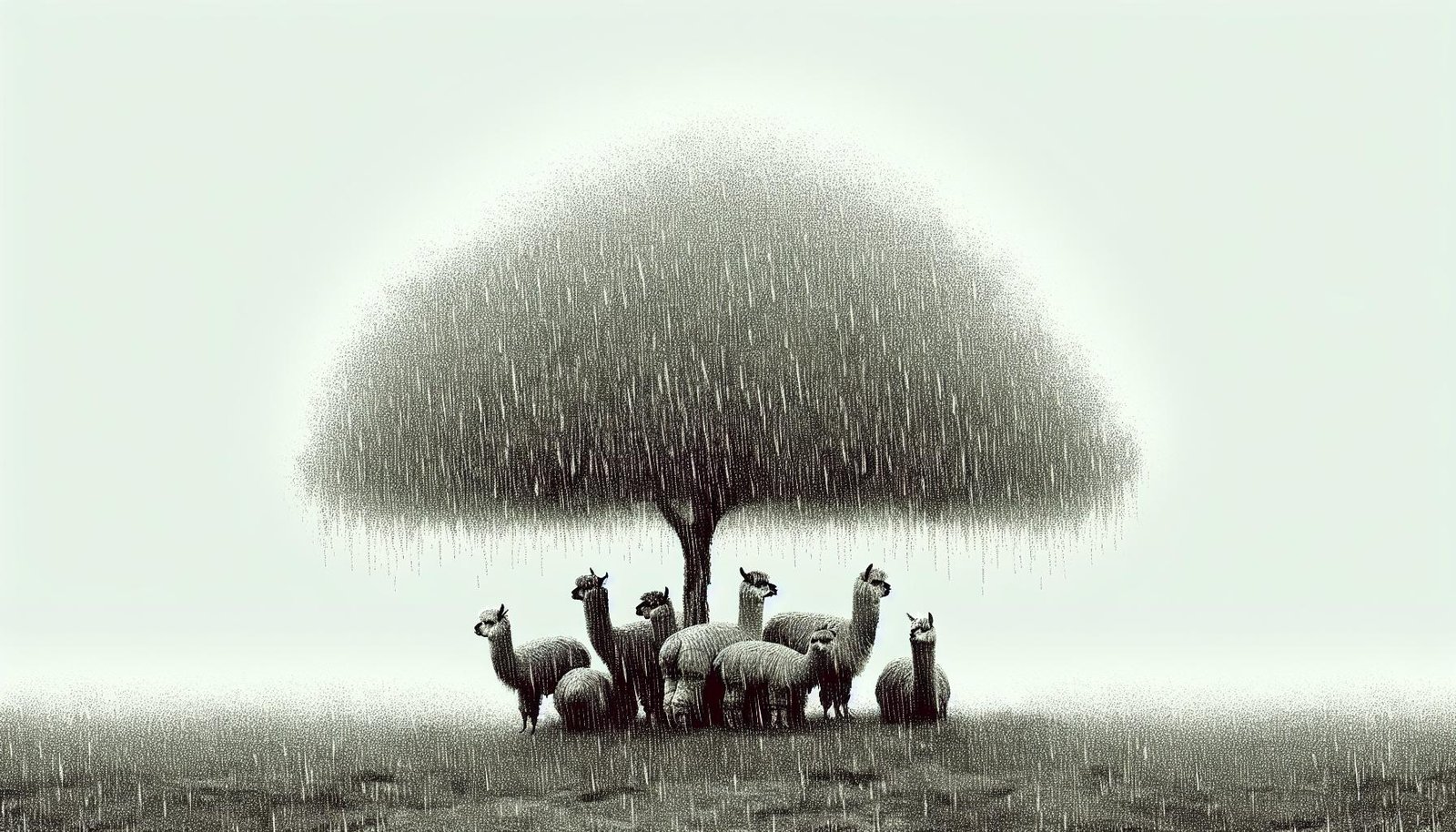
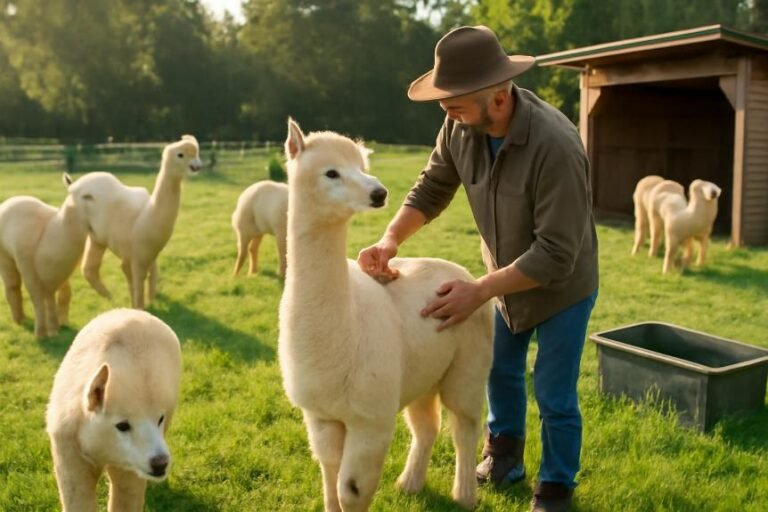
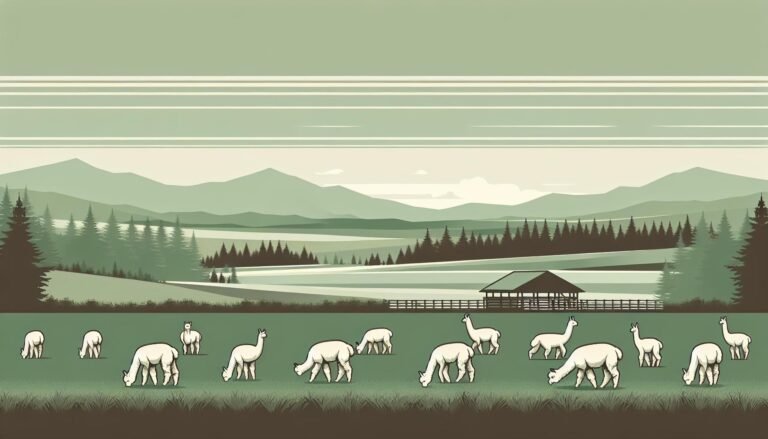



Our picks
Alpaca & Wool Felted Sole Inserts: Comfy Upgrade?
Best Alpaca Socks for Hiking: Ultimate Comfort and Durability on Trails
Best Alpaca Halter for Comfort and Control